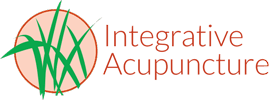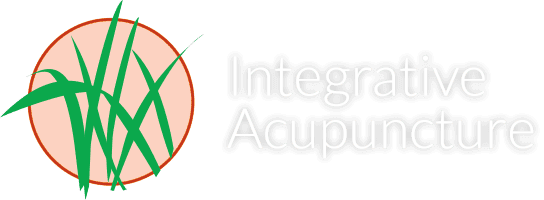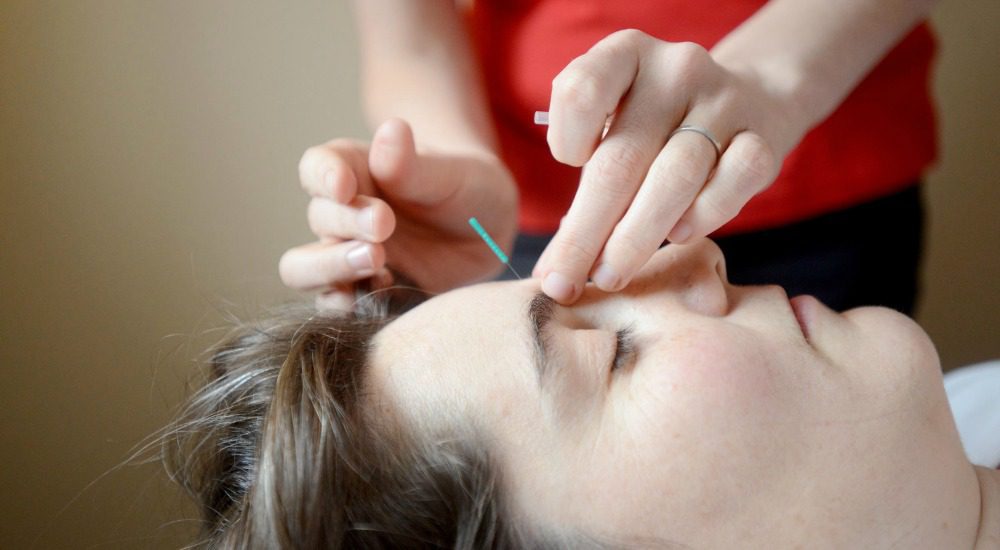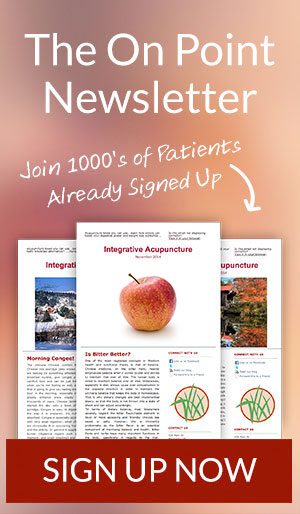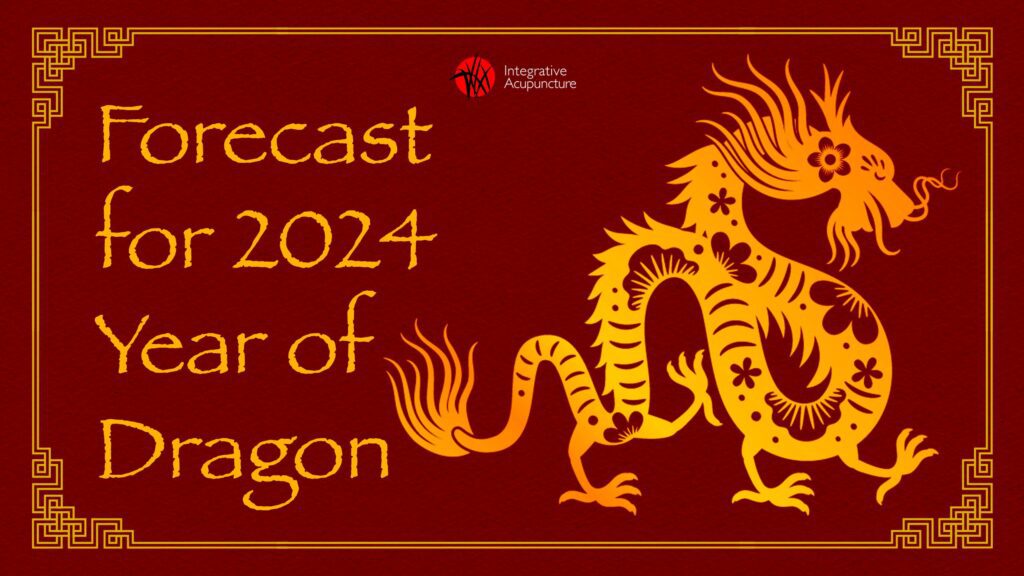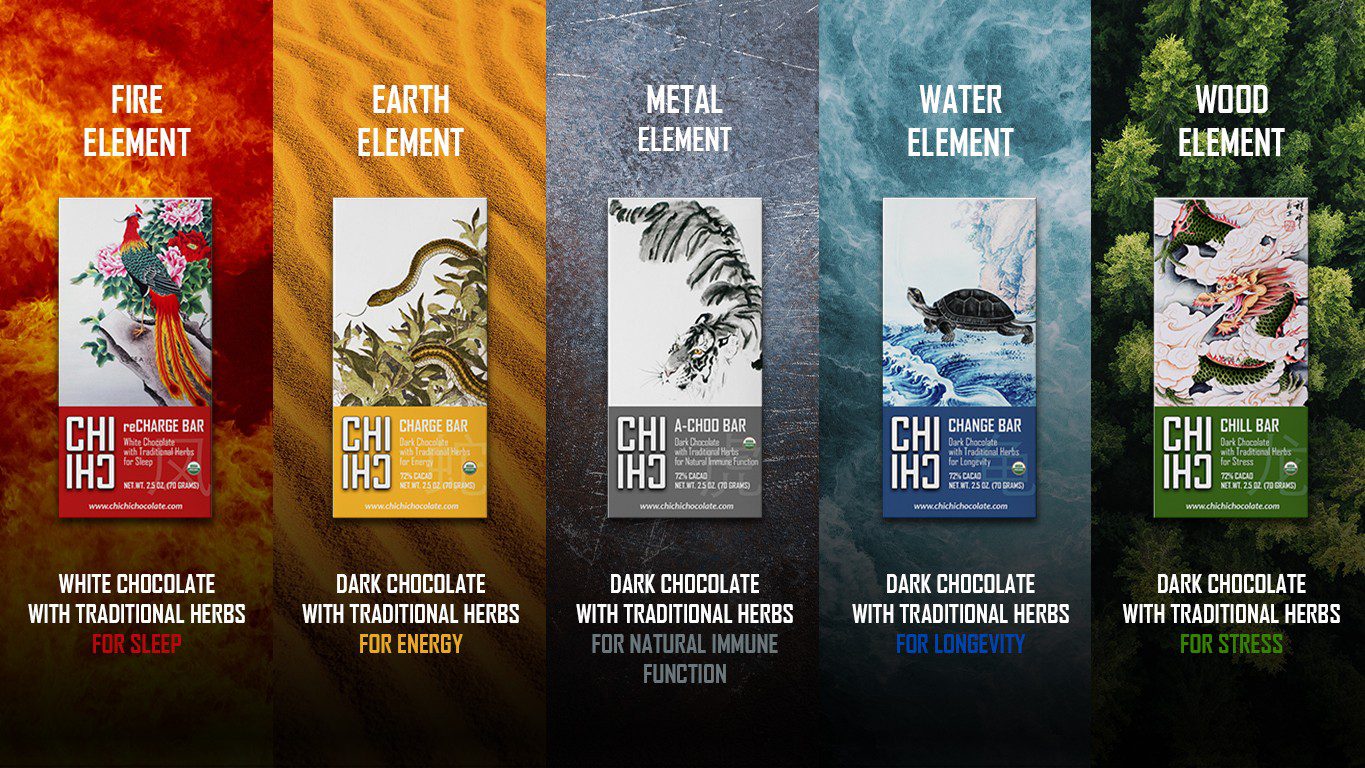New Joint Commission advisory on non-pharmacologic and non-opioid solutions for pain management
- Katie Looze Bronk
- Corporate Communications
 Evidence-based, non-opioid treatment options for pain highlighted
Evidence-based, non-opioid treatment options for pain highlighted
(OAKBROOK TERRACE, Illinois, August 28, 2018) – Each year, an estimated 42,249 individuals die from overdosing on opioids in the United States.1 As health care continues to fight the opioid epidemic, organizations are addressing their pain management policies and processes, including how they relate to non-pharmacologic and non-opioid solutions. This is the focus of a new Quick Safety advisory from The Joint Commission.
Not all pain management requires medication.
The alert provides health care providers with several evidence-based, non-opioid treatment options for pain:
- Behavioral/cognitive/psychological interventions, such as meditation techniques and progressive muscle relaxation
- Environmental-based interventions, such as lighting alterations and music therapy
- Physical interventions, including acupuncture, massage therapy and spinal manipulation
- Non-opioid pharmacologic interventions, including non-steroidal anti-inflammatory agents, acetaminophen, corticosteroids and topical products
According to the advisory, when providers develop a patient’s individualized pain management plan, it is important to use a systemized approach to review all aspects of a patient’s situation, while focusing on symptomatic relief.
Safety actions for organizations to consider when providing clinicians with the information and support they need to facilitate non-pharmacologic and non-opioid solutions are also outlined in the advisory. These include:
- Building a system that encompasses pain management with the following minimal characteristics: active involvement of the health care team, proper monitoring of the patient’s progress as it relates to side effects and signs and symptoms of opiate abuse, and determining when non-invasive options have been exhausted and proper referrals are needed for additional treatment options.
- Providing adequate training on pain modalities for members of the health care team.
- Ensuring that patients and their families receive sufficient education on the selected modality. Goals of this education should focus on extent of pain relief expected, frequency in which treatment should be implemented and potential side effects expected with each treatment.
Resources from the Cochrane Database of Systematic Reviews, Consortium Pain Task Force, Mayo Clinic and others are highlighted in the advisory.
The Quick Safety is available on The Joint Commission website. The document may be reproduced if credited to The Joint Commission.
1Mortality in the United States, 2016 NCHS Data Brief No. 293, December 2017
###
About The Joint Commission
Founded in 1951, The Joint Commission seeks to continuously improve health care for the public, in collaboration with other stakeholders, by evaluating health care organizations and inspiring them to excel in providing safe and effective care of the highest quality and value. The Joint Commission accredits and certifies more than 21,000 health care organizations and programs in the United States. An independent, nonprofit organization, The Joint Commission is the nation’s oldest and largest standards-setting and accrediting body in health care.
Learn more about The Joint Commission at www.jointcommission.org.
